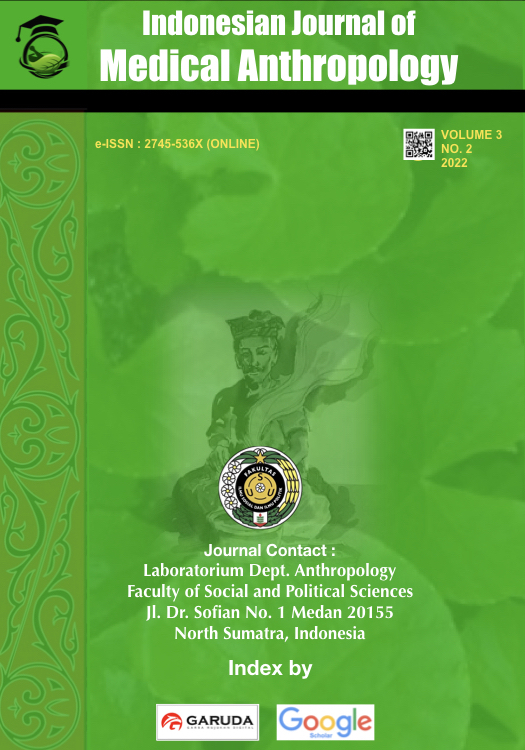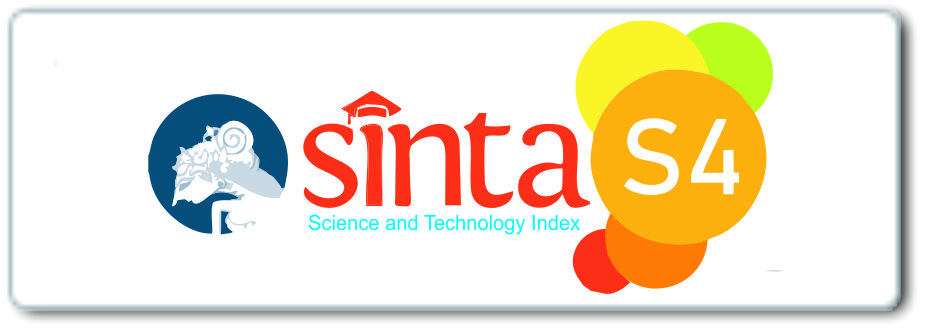An Anthropological Perspective of Childbirth in the Batak Toba Tribe
DOI:
https://doi.org/10.32734/ijma.v4i1.11595Keywords:
Batak Toba, Culture, Childbirth CareAbstract
This paper results from a study of the phenomenon born in the Batak Toba ethnic group. Birth in the Batak Toba society is a joy together. Not only family but even the surrounding community also rejoice. Batak Toba’s cultural values are a source of everyday behavior in the kinship system. Kinship is related to birth, which determines the position of the Batak Toba community. This study aimed to assess the process of giving birth and some of the rites performed and rarely performed in the Batak Toba tribe today. The type of research used is descriptive qualitative research and literature review studies. Studies are written from various secondary sources, scientific journals, and anthropology based on the latest. The writing is carried out in a structured manner by classifying and developing various scientific sources based on the topics discussed. The analysis is carried out comprehensively to form a conclusion. The results show that the cultural practices carried out by the Batak Toba after giving birth are still carried out today. There are several themes: Postnatal care, childbirth care, efforts to maintain postnatal health, care for baby's organs, and the postnatal stages of children in the Batak Toba ethnicity, which are used for generations and traditional medicine is still running.
Downloads
Downloads
Published
How to Cite
Issue
Section
License
Copyright (c) 2023 Indonesian Journal of Medical Anthropology

This work is licensed under a Creative Commons Attribution-ShareAlike 4.0 International License.











